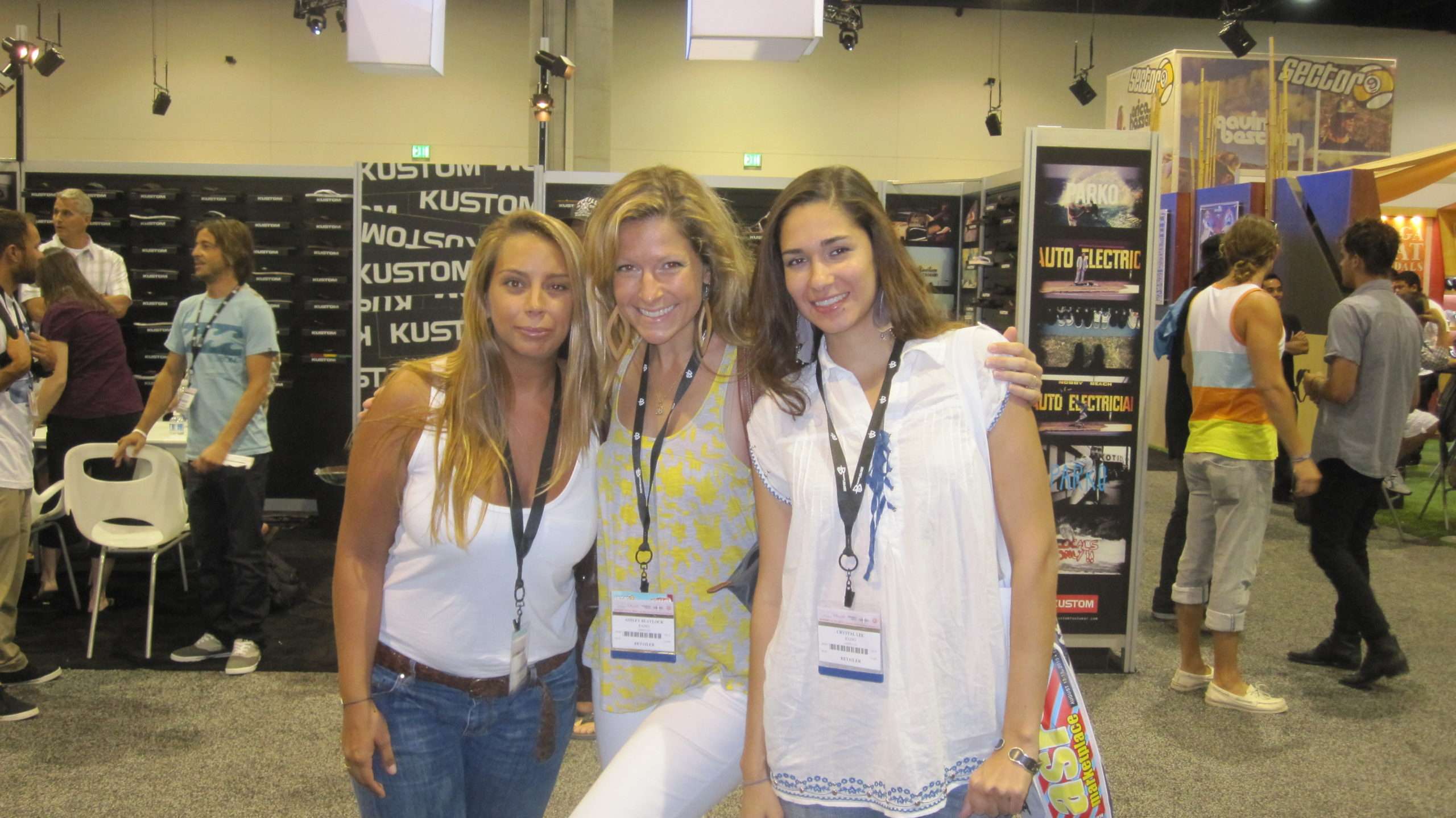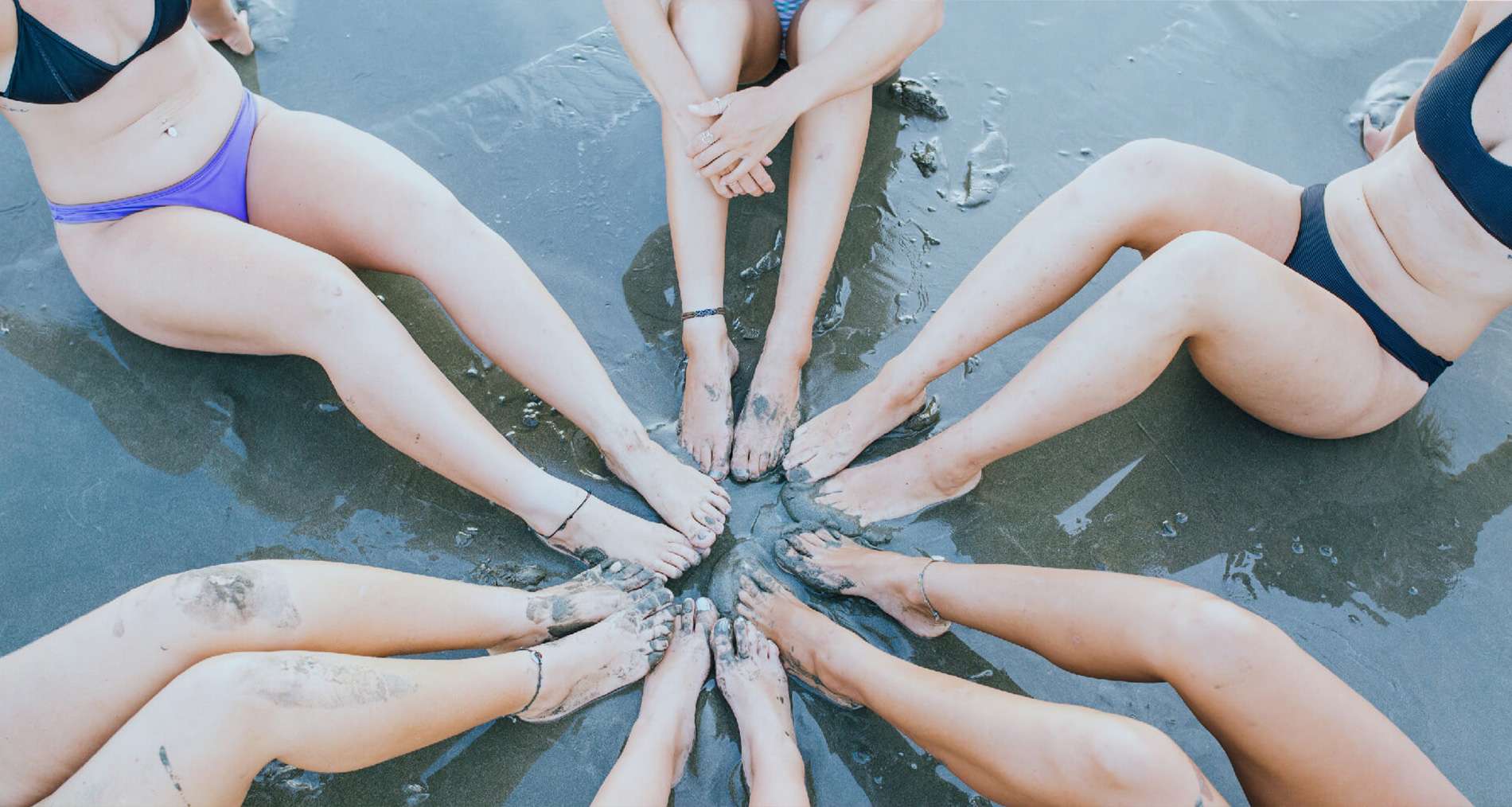Nicaragua is a country with an incredibly rich and interesting history. It is very important to our Chica Brava family that everyone on our team is familiar and well-versed in this history and culture. Please click on the following link for an extended history of Nicaragua, including political history/explanations as well as surf history, read on.
- The name “Nicaragua” was coined by Spanish colonists based on the name Nicarao, chief of the most populous indigenous tribe.
- Nicaragua is the largest country in the Central American isthmus, bordering Honduras to the north and Costa Rica to the south.
- The population of Nicaragua, approximately 6 million, is multiethnic. Its capital, Managua, is the third-largest city in Central America.
- Segments of the population include indigenous native tribes from the Mosquito Coast, Europeans, Africans, Asians, and people of Middle Eastern origin.
- Many exotic animals are found in Nicaragua, such as toucans, boa constrictors, monkeys, wild boars, jaguars, and sloths. Manatees, sea turtles, and green turtles swim in the Cayos Miskitos Biological Reserve in coral reefs off the remote islands of the Caribbean coast.
- The main language is Spanish, although native tribes on the eastern coast speak their native languages, such as Miskito, Sumo, and Rama, as well as English Creole.
- Motto: “En dios confiamos” (In god we trust)
- President: Daniel Ortega (FSLN), Vice President: Omar Halleslevans
- Baseball is the most popular sport in Nicaragua. Although some professional Nicaraguan baseball teams have recently folded, Nicaragua enjoys a strong tradition of American-style baseball.
- Boxing is the second most popular sport in Nicaragua. The country has had world champions such as Alexis Argüello and Ricardo Mayorga among others.
- Nicaragua is one of five countries in the world where abortion is illegal with no exceptions.
Political History of Nicaragua
Throughout the 1980’s, Nicaragua was believed to be and depicted as a dangerous socialist country by the U.S. For many decades Nicaragua was controlled by the oppressive U.S.-backed Somoza dictatorship. After much struggle and strife, the people were able to get out from under the dictator’s control and form their own government, with Daniel Ortega leading the country as President. Their efforts were crushed by crippling economic sanctions and embargoes implemented by the U.S. and by civil war waged by the “contras” (an opposing political party illegally backed by the U.S).
During this time, the U.S. was illegally selling arms to Iran to back the “contras” in war against the Sandinistas in Nicaragua. After undergoing nearly a decade of crippling economic sanctions and civil war with the U.S.-backed “contras”, the Sandinista party agreed to hold elections. In 1990, the Sandinistas were voted out of office, to be replaced by Nicaragua’s first ever woman president: Violetta Chamorro. Her best efforts were thwarted by unpleasant realities – poverty, hunger and continued US interest in the region – but for all the compromises she was forced to make she constructed a stable foundation upon which the nation could rebuild.
Chamorro’s replacement, was a blast from the dictatorial past: corpulent Liberal Arnoldo Alemán, voted one of the world’s 10 most corrupt politicians by the UN Human Rights subcommission. Alemán siphoned some US$100 million from government coffers. When president Enrique Bolaños, also of the Liberal Party, took office in 2001, he promised to put Alemán in jail. To everyone’s surprise Bolaños actually did it, although Aleman was released after a year and put on house arrest.
In 2004, the real estate market in Nicaragua started to boom, bringing a marked increase in tourism along with it. In November 2007, Nicaragua held presidential elections and Daniel Ortega (representing the modern Sandinista party) won and now serves as president. When Ortega was re-elected this initially scared many investors as they were primarily from the U.S. and recall the history outlined above. However, within his first months in office, Ortega showed consistently and continually that he was committed to continue encouraging foreign investment, personal property rights, and the promotion of tourism throughout the country. Within a matter of months many U.S. investors re-entered the real estate market noting that the Sandinista party of today is completely distinct from the grass roots revolutionary movement that it was (and had to be by necessity) in the 1970’s and early 80’s. It is merely a political party now, like any other, and in fact does not stray too far from left wing democratic political beliefs in the U.S.
The Story of San Juan del Sur
The tranquil fishing village of San Juan del Sur was discovered by Andrés Niño in 1522 while looking for the legendary union of the two oceans, Atlantic and Pacific, by land. He noticed the movement of the local Indians through the Rivas isthmus while they traded ceramics, fish and farmed goods. Nicaragua’s natural trans-oceanic connection has made it an important point in Latin American history.
From the era of the conquistadors until the middle of the 19th century, San Juan del Sur remained a simple fishing village; the nearby town of Rivas was the most important town in the province. But the California Gold Rush transformed San Juan del Sur into a bustling port–for a period of 16 years. When the California gold rush began in 1849, Cornelius Vanderbilt switched from regional steamboat lines to ocean-going steamships. Many of the migrants to California, and almost all of the gold returning to the East Coast, went by steamship to Panama, where mule trains and canoes provided transportation across the isthmus. (The Panama Railroad was soon built to provide a faster crossing.)
Vanderbilt proposed a canal across Nicaragua, which was closer to the United States and was spanned most of the way across by Lake Nicaragua and the San Juan River. In the end, he could not attract enough investment to build the canal, but he did start a steamship line to Nicaragua, and founded the Accessory Transit Company to carry passengers across Nicaragua by steamboat on the lake and river; a stagecoach then crossed the narrow isthmus from Virgin Bay on Lake Nicaragua to San Juan del Sur, where another steamer traveled to San Francisco. Passengers leaving from the east coast would travel to the Caribbean side of Nicaragua, navigate up the Rio San Juan, then through Lake Nicaragua, to “La Virgen”, where they would disembark and load up on horse-driven buggies to cross the 10-mile stretch of land between Lake Nicaragua and San Juan del Sur. Once in San Juan del Sur, passengers would board ships and head for California.
The ATC provided the cheapest route to California from the east coast, and was soon carrying 2,000 passengers a month at a fare of $300 each, later reduced to $150. During its 16 years of activity, Accessory Transit moved 75, 079 travelers from New York to San Francisco and vice versa. Mark Twain traveled through the passage and wrote about his experiences:
“Now and then a rollicking monkey scampered into view, or a bird of splendid plumage floated through the sultry air, or the music of some invisible songster welled up out of the forest depths. The changing vistas of the river ever renewed the intoxicating picture; corners and points folding backward revealed new wonders beyond, of towering walls of verdure- gleaming cataracts of vines pouring sheer down a hundred and fifty feet, and mingling with the grass upon the earth – wonderful waterfalls of green leaves as deftly overlapping each other as the scales of a fish – a vast green rampart, solid a moment, and then, as we advanced, changing and opening into Gothic windows, colonnades – all manner of quaint and beautiful figures.” – Mark Twain.
From the 1940’s until the late 1990’s, San Juan del Sur acted as one of Nicaragua’s largest shipping ports, where wood, cattle, and other agricultural products were exported, and goods ranging from automobiles to farm equipment were imported. The fishing still went on. Since the late 1990’s, tourism and foreign investment in real estate have become the largest industries in San Juan del Sur. In October of 2002, the port of San Juan del Sur celebrated its 150th anniversary as a city. San Juan’s municipal population is 15,553 with the Urban population being 7,220 (as of 2005).
William Walker
William Walker was an interesting figure in Nicaraguan politics. He had delusions of grandeur even to the point of declaring himself president of the country after winning a few battles. The American filibuster was defeated in an important battle in San Juan del Sur. He ordered to topple the legitimate government in Rivas and sailed a ship with over 150 men which landed in the beach now known as Gigante on June 27, 1854. From there he began his march to Rivas under torrential rains. Upon hearing of the imminent invasion General Corral sent Colonel Bosque to Rivas with troops. Upon his arrival Coronel Bosque promptly constructed barricades and enlisted the locals to add to his troops. The coronel also commandeered the Costa Rican ship the San Jose to fight Walker and his ship El Realejo.
Walker took up residence in Granada and set himself up as President of Nicaragua, after conducting a fraudulent election. He was inaugurated on July 12, 1856, and soon launched an Americanization program, reinstating slavery, declaring English an official language and reorganizing currency and fiscal policy to encourage immigration from the United States. Realizing that his position was becoming precarious, he sought support from the Southerners in the U.S. by recasting his campaign as a fight to spread the institution of black slavery. Nevertheless, Walker’s army, weakened by an epidemic of cholera and massive defections, was no match for the Central American coalition. On November 23, 1856 the port of San Juan hosted the battle between William Walker’s schooner “Granada” and the Costa Rican brigantine “Once de Abril”. On December 14, 1856, as Granada was surrounded by 4,000 Honduran, Salvadoran and Guatemalan troops, Charles Frederick Henningsen, one of Walker’s generals, ordered his men to set the city ablaze before escaping and fighting their way to Lake Nicaragua. An inscription on a lance reading Aquí fue Granada (“Here was Granada”) was left behind at the smoking ruin of the ancient capital city.
Finally, on May 5, 1857 San Juan was the scene of Walker’s final retreat on the “St. Mary” after his surrender in Rivas. If you stroll up to the lighthouse south of San Juan’s bay, you’ll find the ruins of William Walker’s fort. Back in the United States, Walker was greeted as a hero, particularly in the south. He wrote a book about his adventures, resumed his law practice, and began making plans to try again to take Nicaragua, which he still believed to be his. After a few false starts, including one in which US authorities captured him as he set sail, he landed near Trujillo, Honduras, where he was captured by the British Royal Navy. The British already had important colonies in Central American in British Honduras (now Belize) and the Mosquito Coast (in present-day Nicaragua) and they did not want Walker stirring up rebellions. They turned him over to Honduran authorities, who executed him by firing squad on September 12, 1860. It is reported that in his final words he asked for clemency for his men, assuming the responsibility of the Honduras expedition himself. He was 36 years old. His grave can still be visited in Trujillo.
Nicaraguan Surf History
The area around Popoyo was first discovered in the late ’70s by Nicaraguan surfer Ronald Urros, who saw the setup while flying to Costa Rica in a helicopter. Urros and buddy Carlos Deshon camped on the beach through the ’80s, surfing Popoyo and even tackling the Outer Reef a few times. Other Nicaragua surf travelers in the ’80s included kneeboarder George Greenough and the intrepid Naughton and Peterson. Mostly, though, surf trips were kept pretty short due to the ongoing civil war. Brazilian traveler Adrian Kojin, who rode a motorcycle from California to South America in ’87, found some great beachbreak surf north of Popoyo and wrote that he was made to feel welcome everywhere he went.
Democratic elections were held in 1990 — which ended the civil war — and shortly thereafter the Ministry of Tourism thought it’d be a good idea to promote Nicaragua as a surfing destination. In early 1992 Matt Archbold and Brock Little went up to Montelimar on a SURFER magazine-sponsored trip; they ended up on a boat and scored average point surf at Manzanillo. Unlike neighboring Costa Rica, the masses still did not descend, even after everyone knew there was decent surf here.
The Popoyo Surf Lodge is a truly a unique Surf Lodge and was the very first hotel geared for surfers to be established in Nicaragua. In 1996, JJ came up from Costa Rica and fell in love with Nicaragua, it’s people and most importantly, the surf. He surfed Popoyo (which JJ actually incorrectly named Popoyo, the beach is actually Playa Sardinas) and some of the other breaks in the area and realized that he had truly found an area blessed with fantastic surf and offshore winds. In 1999, JJ and his wife, Kimberly, made the permanent move to Nicaragua and started the construction on a very “rustic” Popoyo Surf Lodge, which was and remains the ‘original surf camp’ in Nicaragua.
History of Chica Brava
Chica Brava is the first a best surf retreat for women in Nicaragua. Director and Founder, Ashley Blaylock, was born and raised in Houston, Texas in a large family of eight children. Like many girls, Ashley never seriously considered she could actually surf like her brother and his friends. It wasn’t until going to the beach with another girl and seeing her paddle out that she knew not only was it possible for girls to learn the sport, they can rip at it too! Surfing with other women provides the motivation to push harder and reach new levels daily that surfing with guys just doesn’t do. This is the idea behind Chica Brava.
Ashley came to Nicaragua in 2003. At that time, the local surfer guys hadn’t yet surfed with any girls. Surprised that a chica could actually surf too, and not just the boys, they’d yell out “ay…chica brava” (”brave girl”) when they’d see her in the water. Living up to the name, when Chica Brava was first established Ashley did everything, from picking the girls up from the airport herself to teaching the surf lessons and handling all hosting. As Chica Brava has grown so has the staff, we now have a position for almost everything, from Driver to Surf Theory Professor.
We look forward to having you join us you soon. This is an experience you will never forget, with a family that will welcome you with open arms. Remember, as Kelly Slater said, “It’s like the mafia. Once you’re in – you’re in. There’s no getting out.” We hope to welcome you soon to the Chica Brava family!



